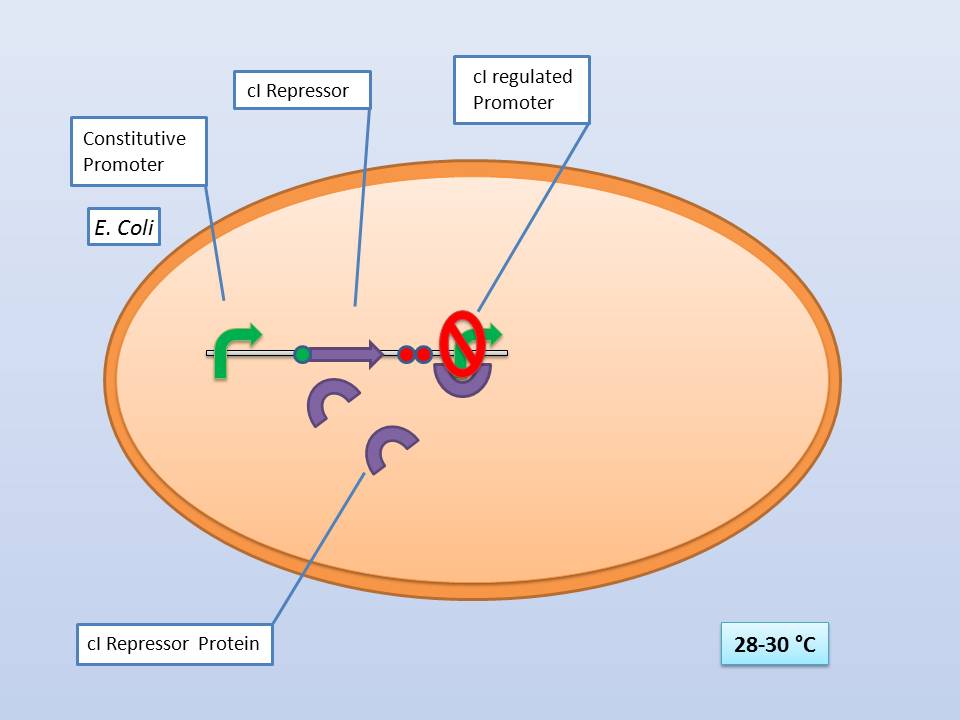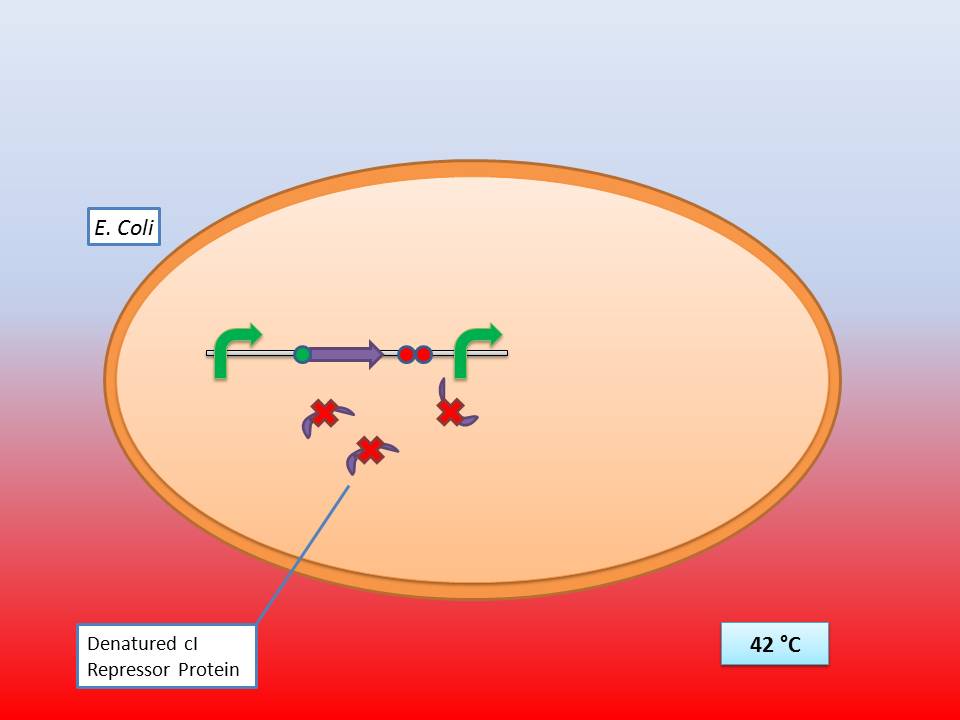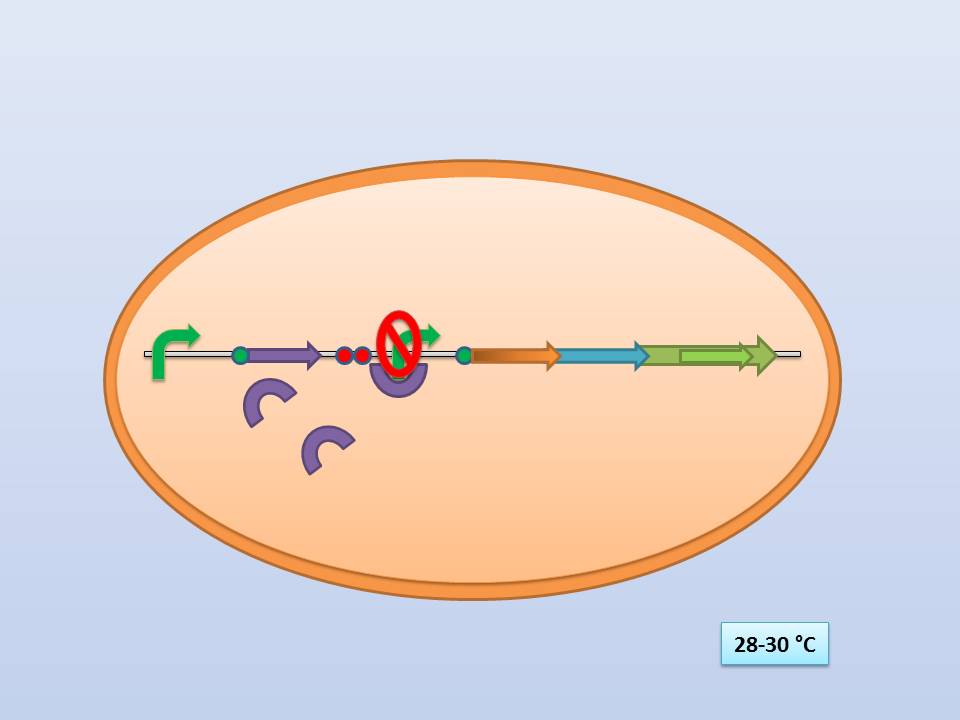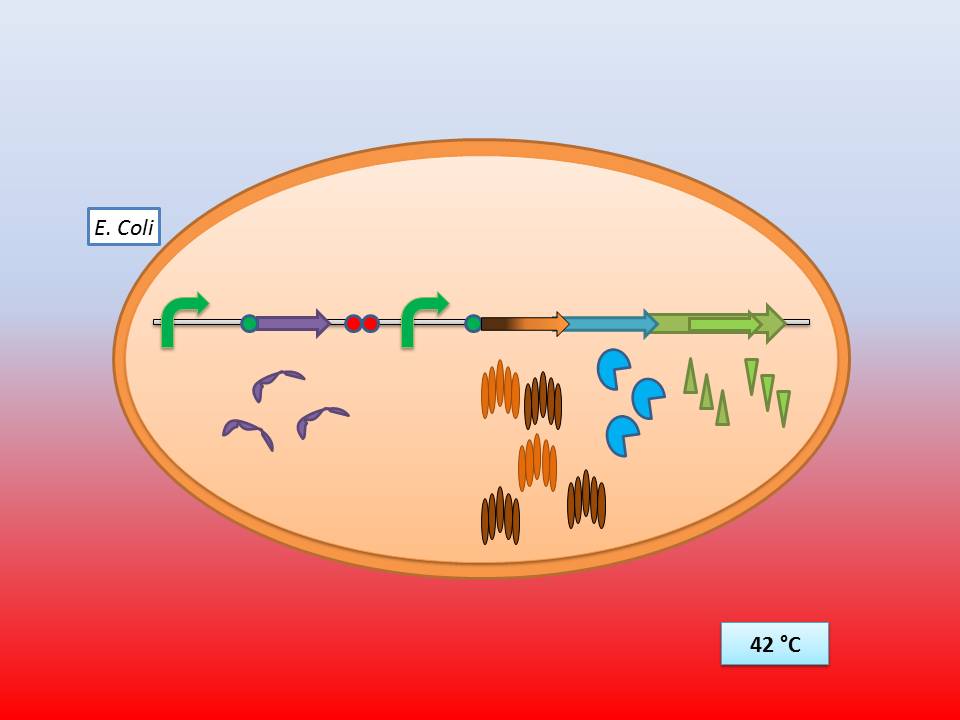Team:Freiburg/SampleData
From 2011.igem.org

Contents |
Sample Data
How Our System Works
Our Favorite New Parts
1.
[http://partsregistry.org/Part:BBa_K608408 BBa_K608408] GST
2. [http://partsregistry.org/Part:BBa_K608407 BBa_K608407] Precipitator fused with GST tag
3. [http://partsregistry.org/Part:BBa_K608404 BBa_K608404] IPTG-inducible Promoter with plastic binding domain-tagged GFP
Also new parts
[http://partsregistry.org/Part:BBa_K608101 BBa_K608101] CcaR, green light response regulator
[http://partsregistry.org/Part:BBa_K608102 BBa_K608102] CcaS, green light receptor
Pre-existing Parts
[http://partsregistry.org/Part:BBa_K608151 BBa_K608151]
translational unit of pcyA
We designed this composite in order to gain the enzyme pcyA (phycocyanobilin-ferredoxin oxidoreductase),
this design is essential if the part is going be integrated into an assembly of various genes.
The enzyme plays an important role in the production of the PCB chromophore (phycocyanobilin)
which is essential for the green and red light receptor system.
Sequencing confirmed that the part is correct in the pSB1C3 vector.
All physical DNA samples used for this composite come from the [http://partsregistry.org/Main_Page registry of standart biological parts]
For PCB chromophore production the enzyme ho1 (heme oxygenase) in a similar design is needed
because both enzymes are necessary to convert heme into PCB chromophore.
We've Also Characterized the Following Parts
[http://partsregistry.org/Part:BBa_K608351 BBa_K608351] correct temperatursesitive promotor
[http://partsregistry.org/Part:BBa_K608352 BBa_K608352] Bacteriophage Lysis Cassette with RBS
[http://partsregistry.org/Part:BBa_K608002 BBa_K608002]
strong Promotor and strong RBS
[http://partsregistry.org/Part:BBa_K608003 BBa_K608003] strong Promotor , medium RBS
[http://partsregistry.org/Part:BBa_K608004 BBa_K608004] strong Promotor , weak RBS
[http://partsregistry.org/Part:BBa_K608005 BBa_K608005] medium Promotor , strong RBS
[http://partsregistry.org/Part:BBa_K608006 BBa_K608006] medium Promotor , medium RBS
[http://partsregistry.org/Part:BBa_K608007 BBa_K608007] medium Promotor , weak RBS
Precipitator
Green light receptor
Lysis cassette
The Concept
The idea behind our lysis cassette was to be able to achieve cell lysis by simply heating the bacteria to 42°C for a short period of time. This was accomplished by combining the biobricks BBa_K098995 (temperature sensitive promoter) and BBa_K124017 (Bacteriophage λ lysis genes). Sequencing of these parts (carried out by GATC Biotech GmbH) showed some fundamental inconsistencies leading to a lot of time spent on fixing them. Currently we are still in the process of correcting the sequences. Therefore the whole planned lysis cassette was not yet sent to the registry.
Part Design
The temperature sensitive promoter ([http://partsregistry.org/Part:BBa_K608351 BBa_K608351])
It consists of a constitutive promoter ([http://partsregistry.org/Part:BBa_J23114 BBa_J23114]), the temperature sensitive λ cI repressor protein which has a cI857 mutation that results in denaturation of the repressor when the temperature is raised from 30°C to 42°C, and a cI regulated promoter based on the λ pR promoter ([http://partsregistry.org/Part:BBa_R0051 BBa_R0051]).
- Troubleshooting: http://partsregistry.org/Part:BBa_K098995:Experience
|
The temperature sensitive promoter functioning at 28-30°C |
|
The λ lysis genes ([http://partsregistry.org/Part:BBa_K608352 BBa_K608352])
It consists of the standard bacteriophage λ lysis genes, ie S/S’, R, Rz/Rz1, coded in overlapping sequences with phase 1 and 2 frameshifts.
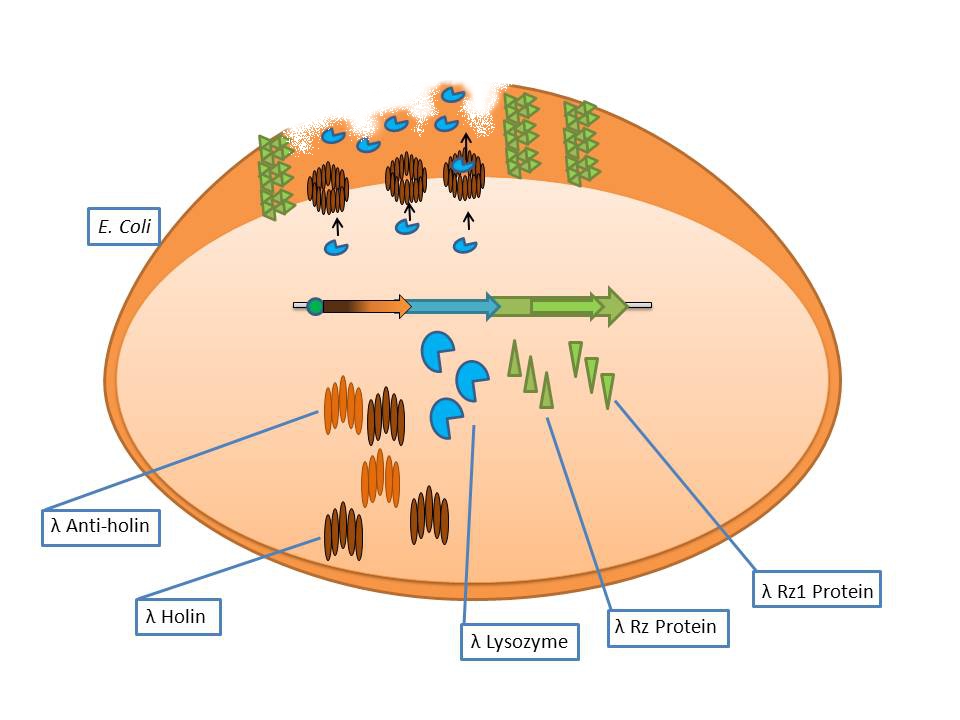
Bacteriophage λ lysis genes at work |
- S: λ Anti-Holin
- S’: λ Holin
- R: λ Endolysin
- Rz: Putative type-II signal anchor protein
- Rz1: Outer membrane lipoprotein
The phage λ lysozyme (R Endolysin) hydrolyses the beta-1,4-glycosidic bond between N-acetylmuramic acid (MurNAc) and N-acetylglucosamine (GlcNAc), but in order to degrade the cell wall it requires a small transmembrane protein called holin which perforates the membrane for endolysin to gain access to the murein [Ry Young et al]. The auxiliary lysis proteins Rz and Rz1 have long been known to play a vital role but have yet to be assigned a specific function stemming from functional and structural analysis. The assumption is that they form a complex spanning the periplasm and fuse the outer and inner membranes, removing the last physical barrier for cell lysis [Joel Berry et al].
- Troubleshooting: The biobrick did not have a RBS upstream of the CDS, so we had to clone the RBS [http://partsregistry.org/Part:BBa_B0034 BBa_B0034] in order to make a translational unit for cloning with the temperature sensitive promoter
The temperature sensitive lysis cassette
The much anticipated part that we frustratingly could not clone in time to send to the registry.
Theoretically 28°C - 30°C incubation should repress the lysis genes, while a shift to 42°C would lead to their expression and finally cell lysis.
|
The temperature sensitive lysis cassette at 28-30°C |
|
 "
"
 Contact
Contact 



